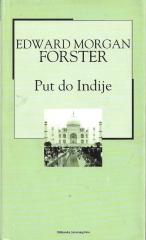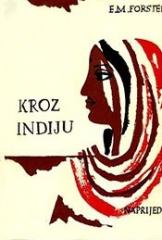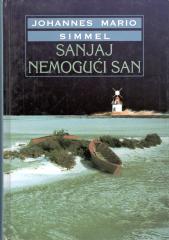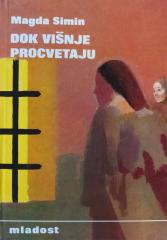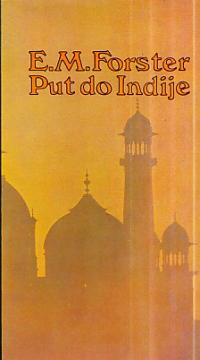
Put do Indije
A Passage to India (1924) by E. M. Forster explores the tensions between British colonialism and Indian culture in Chandrapore in the 1920s. The story follows Dr. Aziz, an Indian doctor, and his attempts to befriend the British amidst racial and cultural
Aziz, warm-hearted and educated, meets Mrs. Moore, an elderly British woman, and her future son-in-law, Ronald Heaslope, and hopes to build bridges between the two cultures. The central event is a trip to the Marabar Caves, where Adela Quested, Heaslope's fiancée, accuses Aziz of attempted assault. The accusation sets off a trial that deepens the hostility between Indians and British colonialists. Although Adela withdraws the accusation, realizing that she was influenced by hysteria and vague impressions from the caves, the damage has been done. Aziz loses faith in the possibility of friendship with the British, and social tensions escalate.
The novel, divided into three parts ("The Mosque", "The Caves", "The Temple"), uses symbolism to explore the misunderstandings and impossibility of true rapprochement between colonizers and colonized. Mrs. Moore, a symbol of tolerance, loses faith after the caves, while Aziz and Fielding, a British teacher who supports Aziz, try to maintain their friendship. In the end, political and cultural barriers prevent reconciliation, and the novel ends on a melancholy note about the challenges of cross-cultural understanding.
Forster masterfully exposes the hypocrisy of colonialism, subtly interrogating themes of identity, justice and human connection.
Multiple copies are available
